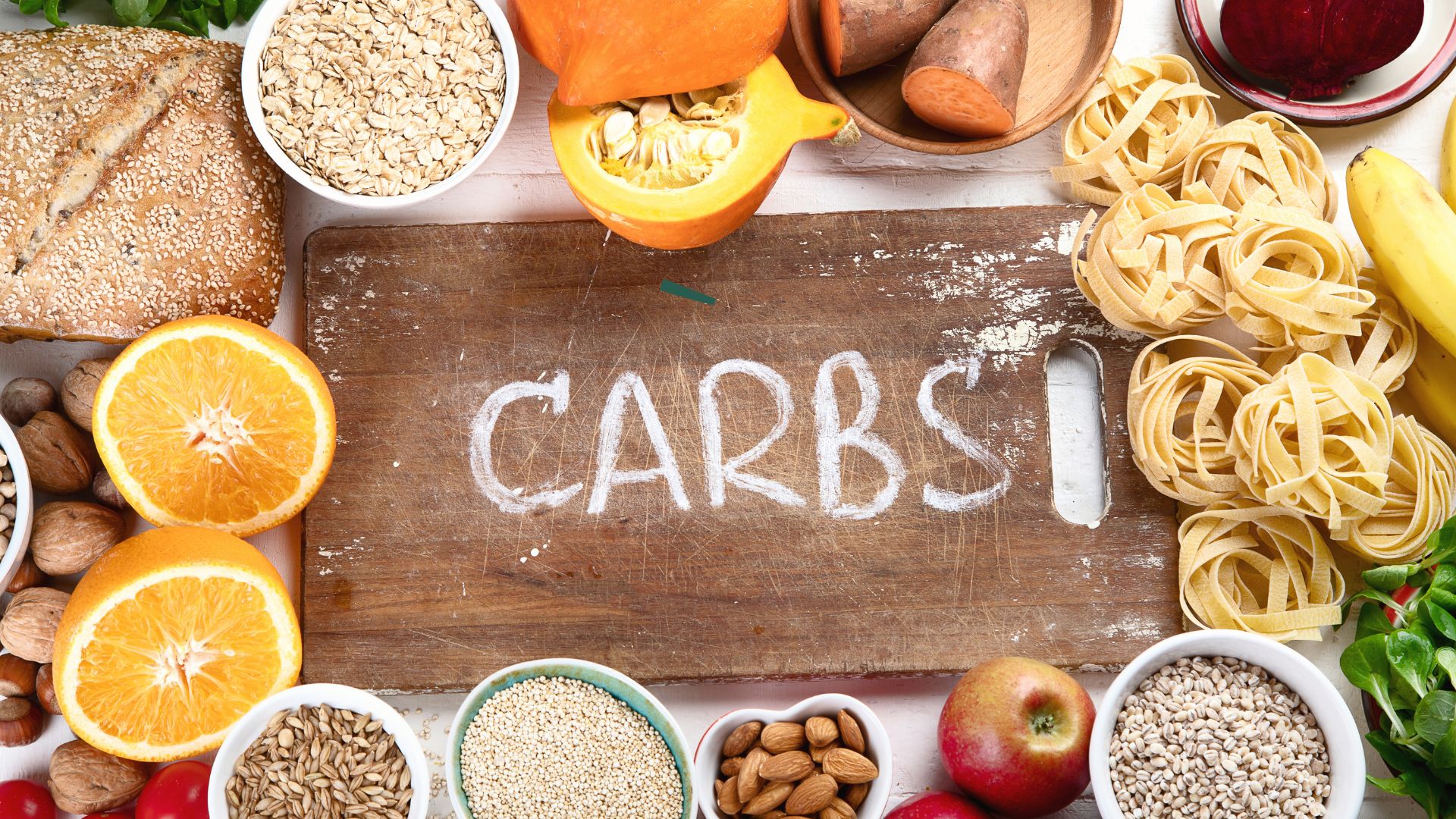What are healthy carbohydrates that lose weight?
Healthy Carbohydrates That Lose Weight Carbohydrates are not as harmful as many think, but some may be healthier than others.
Many often reject the idea of consuming carbohydrates, especially when it comes to weight gain. However, carbohydrates are not all bad.
Because of the many health benefits of carbohydrates, they have their place in the diet.
The body needs carbohydrates to function properly because they are the primary source of energy.
The concept of carbohydrates:
Carbohydrates are a type of macronutrient found in many foods and drinks.
Most carbohydrates are found naturally in plant foods, such as grains. Food manufacturers also add carbohydrates to processed foods in the form of starch, honey and added sugar (including caramel).
Common sources of naturally occurring carbohydrates include:
· the fruit
· vegetables
· Yoghurt
· Nuts
· Legumes
· Seeds
· Peas and lentils
Types of carbohydrates:
There are three main types of carbohydrates:
· Sugar:
Sugar is the simplest form of carbohydrate. It is found naturally in some foods, including fruits, vegetables, milk, and dairy products. They include fruit sugar (fructose), table sugar (sucrose), and milk sugar (lactose). Added sugars can be found in many foods, such as cookies, sugary drinks, and candy.
· Starch:
Starch is a complex carbohydrate. This means that it is made of many sugar units bonded together. Starch is found naturally in vegetables, grains, beans and peas.
Fiber:
Fiber is also a complex carbohydrate. It is found naturally in fruits, vegetables, whole grains, and cooked dry beans and peas.
- “Net Carbs” and Glycemic Index:
The terms "low carb" or "net carb" often appear on product labels. But the FDA does not use these terms, so there is no standard meaning. The term "net carbs" is usually used to refer to the amount of carbohydrates in a product excluding fiber or sugar.
The glycemic index ranks carbohydrate-containing foods according to their ability to raise blood sugar levels.
Weight loss diets based on the glycemic index usually suggest cutting down on foods that are higher on the glycemic index.
- Include foods with a relatively high glycemic index ranking, such as:
· Potatoes
· White bread
· Sweets that contain white flour.
Many healthy foods are naturally low on the glycemic index, such as:
· Whole grains
· Legumes
· Vegetables
· fruits
· Low-fat dairy products.
How many servings of carbohydrates does the body need?
The Dietary Guidelines for Americans recommends that carbohydrates make up 45% to 65% of total daily calories.
So if you're getting 2,000 calories a day, between 900 and 1,300 calories should be from carbohydrates.
This translates to between 225 and 325 grams of carbohydrates per day.
You can find the carbohydrate content of packaged foods on the Nutrition Facts label. The label shows total carbohydrates — which can include fiber, total sugars, and added sugars.
- Energy saving:
Carbohydrates are the body's main energy source. During digestion, sugars and starches are broken down into simple sugars. It is then absorbed into the bloodstream, where it is known as blood sugar (blood glucose).
From there, glucose enters the body's cells with the help of insulin. The body uses glucose for energy.
Extra glucose is stored in the liver, muscles, and other cells for later use. Or the excess glucose is converted into fat.
- Protection from diseases:
Some evidence suggests that whole grains and dietary fiber from whole foods help reduce the risk of heart disease and stroke. Fiber may also protect against obesity, colorectal cancer, and type 2 diabetes. Fiber is also essential for digestive health.
- Weight control:
Evidence suggests that eating plenty of fruits (low in sugar), vegetables and whole grains contributes to weight control by helping you feel full on fewer calories. Although many people favor low-carb diets, few studies show that a diet rich in healthy carbohydrates leads to weight gain or obesity.
Here 's how to eat carbohydrates in a balanced diet:
Focus on eating fruits (low sugar) and vegetables rich in fiber:
Targets fresh, frozen and canned fruits and vegetables without added sugar. Where ready-made fruit juices and dried fruits, which are concentrated sources of natural sugar, but contain more calories. Whole fruits and vegetables have many health benefits. They contain fiber and water, which helps you feel full while eating fewer calories.
Choose whole grains:
Whole grains are better sources than refined grains of fiber and other important nutrients, such as B vitamins.
Choose semi-fat dairy products:
Milk, cheese, yogurt, and other dairy products are good sources of calcium, protein, vitamin D, potassium, and other vitamins and minerals. Make sure to choose semi-fat products to help limit calories and saturated fat. And watch out for dairy products that contain added sugar.
- Eat beans, peas and lentils:
Beans, peas and lentils are among the most diverse and nutritious foods. It is low in fat and high in
Folic acid, potassium, iron and magnesium. They have beneficial fats and fibre. They are also a good source of protein and can be a healthy alternative to meat, which is higher in saturated fat and cholesterol.
- Reduce added sugars:
Added sugar probably isn't harmful. But there is no health benefit from adding any amount of sugar, such as pastries. The Dietary Guidelines for Americans recommends that less than 10% of the calories you eat or drink each day come from added sugar. Eating or drinking a lot of sugar-containing foods can also cause you to eat more than the calories you need each day.
So choose your carbs wisely. Limit foods that contain added sugars and refined grains, such as sugary drinks and desserts. Because it is rich in calories and low in nutrition. Instead, choose fruits, vegetables, and whole grains. It will also be one of the best options if you add ( protein bread - Vanity chocolate - Laurie cake - whey fried chips ) to your diet to enjoy while on the diet without feeling deprived, and if you do not settle on a diet, then after this article Let's all make healthier choices of carbohydrates and try delicious products.
References:
https://www.dietaryguidelines.gov

